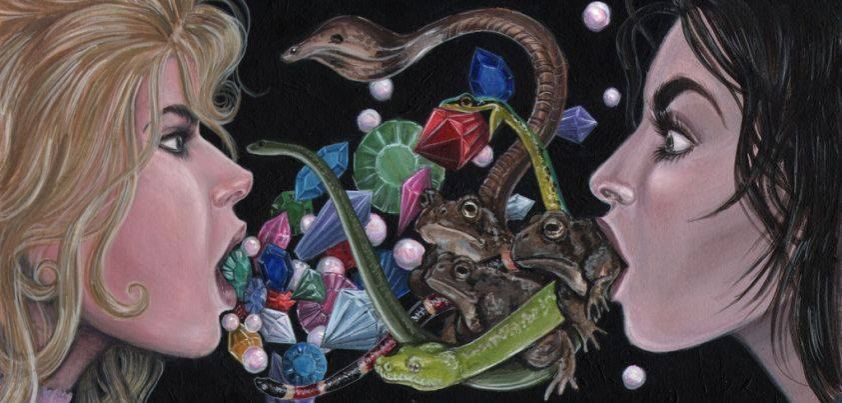 This story from Charles Perrault is about a bad-tempered, greedy widow and her two daughters. One girl is selfish, rude and ugly but loved by her mother. The other girl is kind, polite and beautiful but treated badly. With the help of a fairy (who else?), the kind daughter marries a prince and the selfish daughter dies alone. The story leaves readers wondering about the fairy’s gift. Life would be miserable (and maybe impossible) if something fell from your mouth every time you opened it? Also, did the prince really marry her out of love, or was it for diamonds? More…
This story from Charles Perrault is about a bad-tempered, greedy widow and her two daughters. One girl is selfish, rude and ugly but loved by her mother. The other girl is kind, polite and beautiful but treated badly. With the help of a fairy (who else?), the kind daughter marries a prince and the selfish daughter dies alone. The story leaves readers wondering about the fairy’s gift. Life would be miserable (and maybe impossible) if something fell from your mouth every time you opened it? Also, did the prince really marry her out of love, or was it for diamonds? More…
All posts by shortsonline
Priscilla and the Wimps
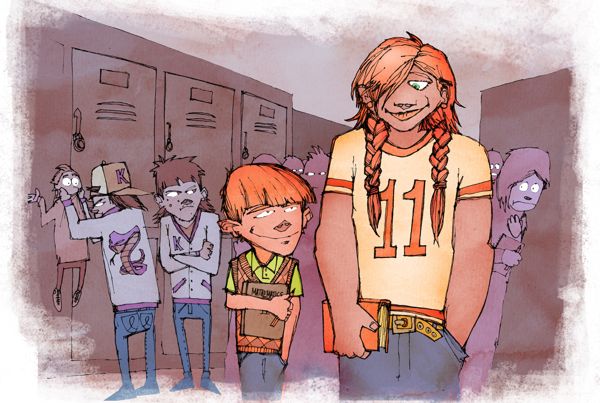 In addition to this being Richard Peck’s first young adult story, it is one of his most popular. This is undoubtedly because it not only follows the age-old success formula of a victorious underdog, but does so in the context of humiliating a school bully. Another plus is that the denouement is left to the reader’s imagination. Does Pricilla come back later in the day to release Monk? Do her or Melvin’s parents phone the school and arrange for the locker to be opened? Or do they come back in a week’s time and find that Monk is an ice-block? More…
In addition to this being Richard Peck’s first young adult story, it is one of his most popular. This is undoubtedly because it not only follows the age-old success formula of a victorious underdog, but does so in the context of humiliating a school bully. Another plus is that the denouement is left to the reader’s imagination. Does Pricilla come back later in the day to release Monk? Do her or Melvin’s parents phone the school and arrange for the locker to be opened? Or do they come back in a week’s time and find that Monk is an ice-block? More…
Man from the South
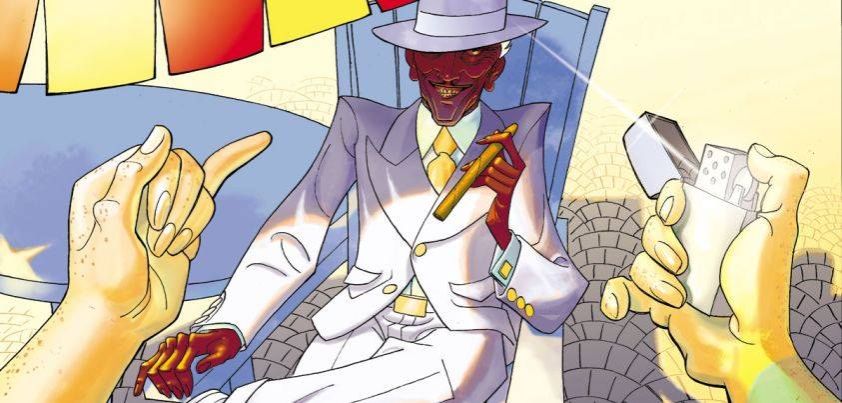 This story by Roald Dahl is about gambling, greed, appearances and ‘face’. A young man accepts what appears to be an easy bet. If he is successful, he will win an expensive car. If he loses, he must give up a small body part. Many reviews suggest that the English girl is not important to the story. I disagree. The young man was at first unhappy with the bet. If he was alone at the time, he could well have walked away. But this is not something a young sailor out to win a girl would do! More…
This story by Roald Dahl is about gambling, greed, appearances and ‘face’. A young man accepts what appears to be an easy bet. If he is successful, he will win an expensive car. If he loses, he must give up a small body part. Many reviews suggest that the English girl is not important to the story. I disagree. The young man was at first unhappy with the bet. If he was alone at the time, he could well have walked away. But this is not something a young sailor out to win a girl would do! More…
Bigfoot Stole My Wife / I Am Bigfoot
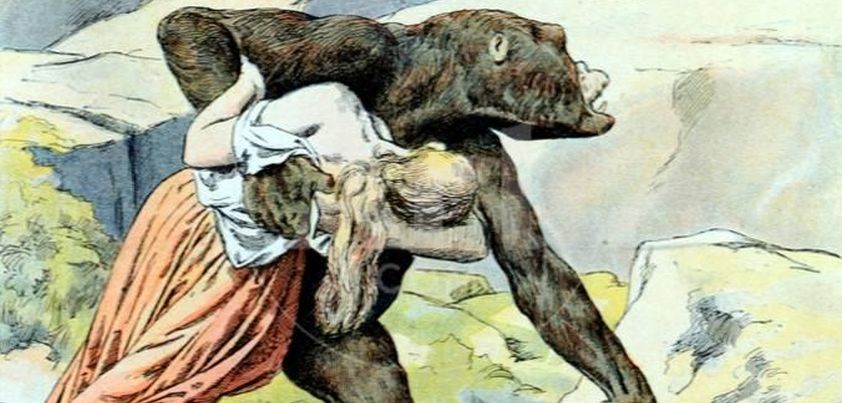 Today we have two linked stories from Ron Carlson: Bigfoot Stole My Wife and I am Bigfoot. In the first, despite a host of context clues suggesting that the protagonist’s wife has left him, shame and denial lead him to believe that the legendary Bigfoot has abducted her. Using flawed logic, he argues that this must be true because another seemingly impossible event in his life was also true. The story opens with the line: “The problem is credibility.” In the ironic second story, credibility comes as Bigfoot issues a fearful warning to all men of the world. More…
Today we have two linked stories from Ron Carlson: Bigfoot Stole My Wife and I am Bigfoot. In the first, despite a host of context clues suggesting that the protagonist’s wife has left him, shame and denial lead him to believe that the legendary Bigfoot has abducted her. Using flawed logic, he argues that this must be true because another seemingly impossible event in his life was also true. The story opens with the line: “The problem is credibility.” In the ironic second story, credibility comes as Bigfoot issues a fearful warning to all men of the world. More…
Paul’s Case
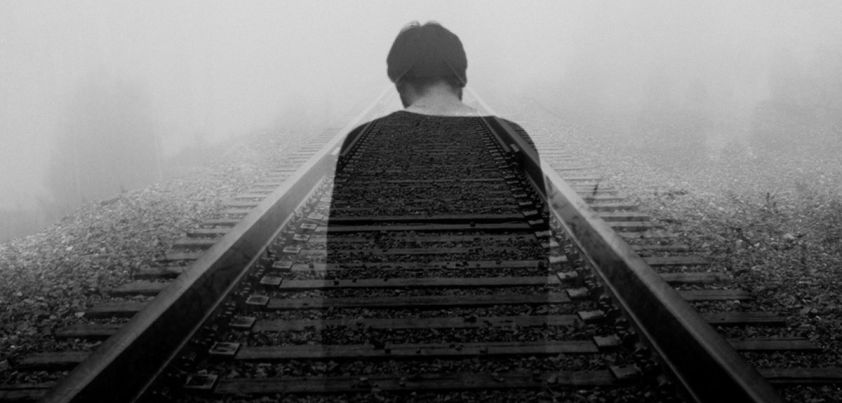 Willa Cather’s ‘Paul’ is not your average high schooler. Whatever it is that makes him different (interpretations vary from sexuality to autism or some kind of nervous condition) is causing problems in both his school and home lives. The things that keep Paul going are his daydreams of one day living the life of the rich and famous, and his love of music and the theatre. When the latter two are taken away, he decides on drastic action (or is it all another daydream?). Themes: being ‘different’, alienation, fantasy vs. reality, rebellion, deception/fraud, living the dream, despair. More…
Willa Cather’s ‘Paul’ is not your average high schooler. Whatever it is that makes him different (interpretations vary from sexuality to autism or some kind of nervous condition) is causing problems in both his school and home lives. The things that keep Paul going are his daydreams of one day living the life of the rich and famous, and his love of music and the theatre. When the latter two are taken away, he decides on drastic action (or is it all another daydream?). Themes: being ‘different’, alienation, fantasy vs. reality, rebellion, deception/fraud, living the dream, despair. More…